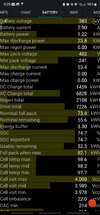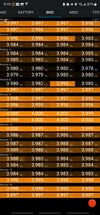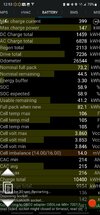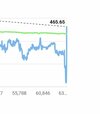3sr+buyer
Active Member
How does Tesla refurbish used packs that were presumably failed packs that have been returned after warranty replacement?Fortunately, Tesla builds the packs with very well matched original cells, so balancing is almost not even needed aside the occasional nudge to the higher cell groups. Generally deltas of less than 10mV in healthy packs. This is why hack jobs like module replacements and shops on YouTube claiming to "repair" modules by doing insane things like clipping cell fuses are 110% full of crap. The Tesla BMS has no ability to cope with modules that don't perfectly match up with the rest of the pack... as in, they need to be built and used together from day 1.
Since the non-failed cells in those packs have some degradation, would dropping new cells in for the failed cells result in too much imbalance for the BMS to handle? If so, do they look for cells from other returned packs with the exact same amount of degradation to build refurbished batteries?







